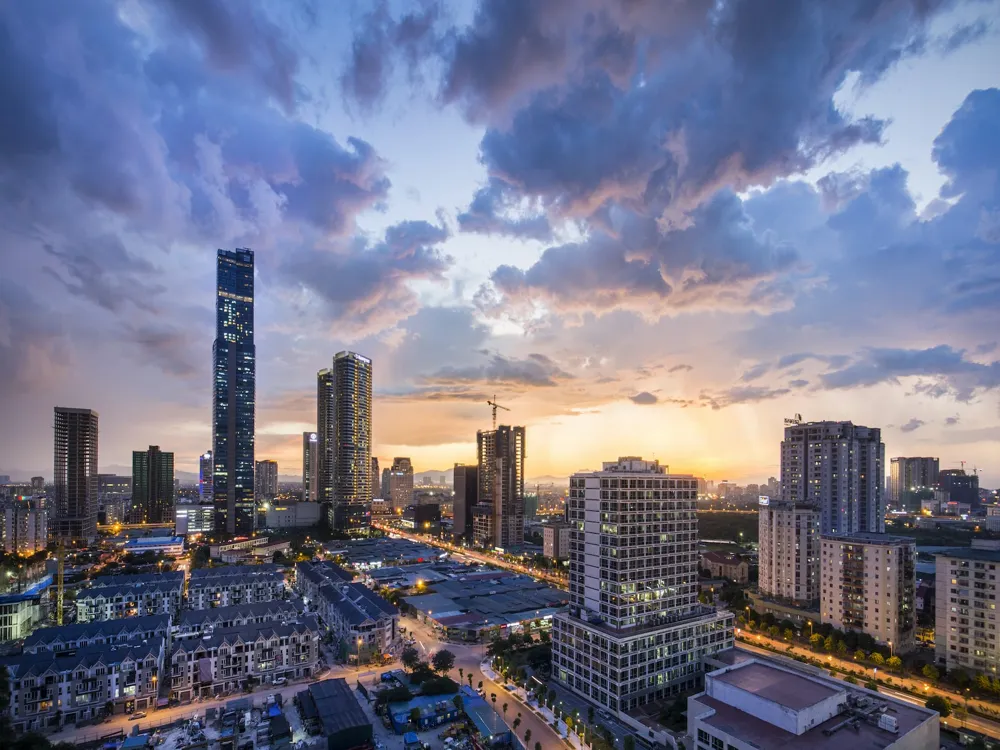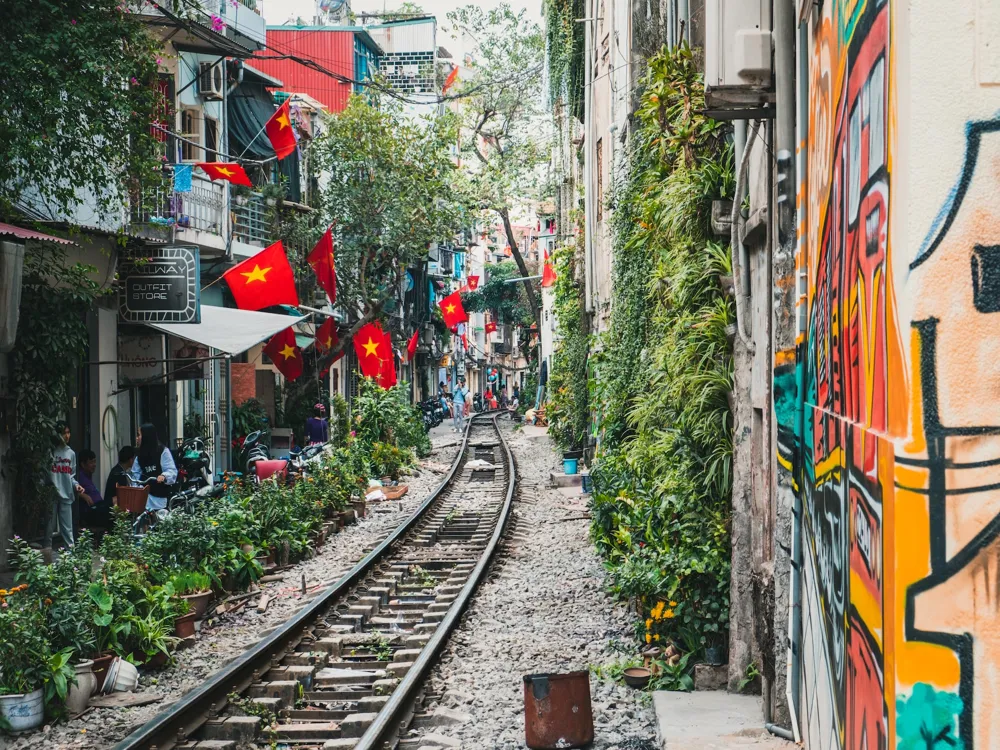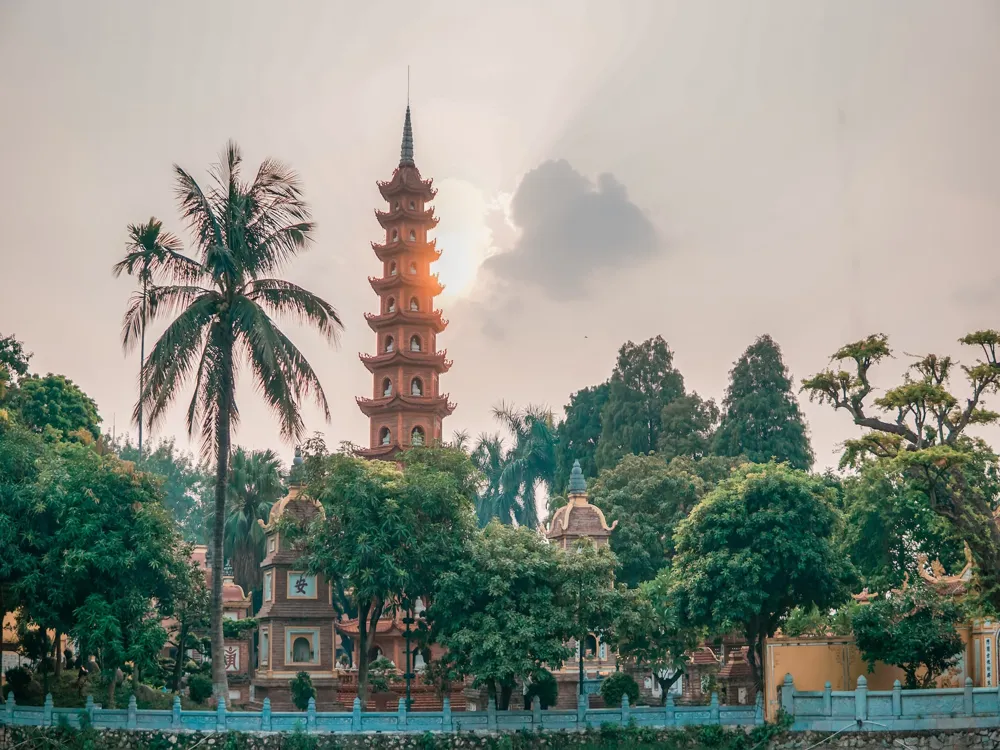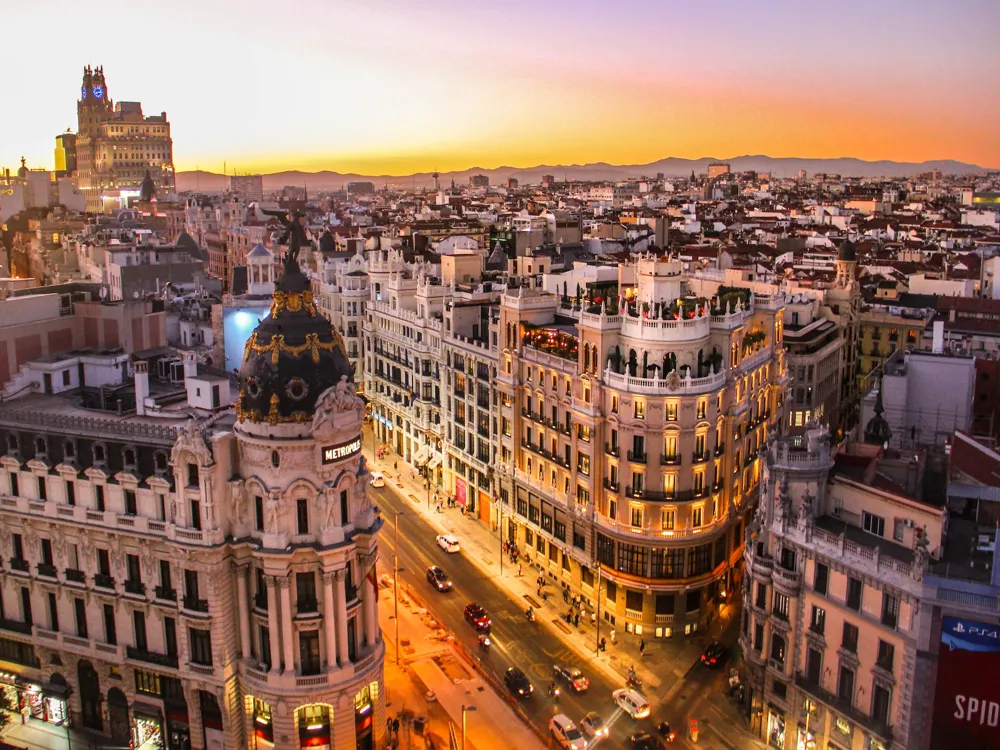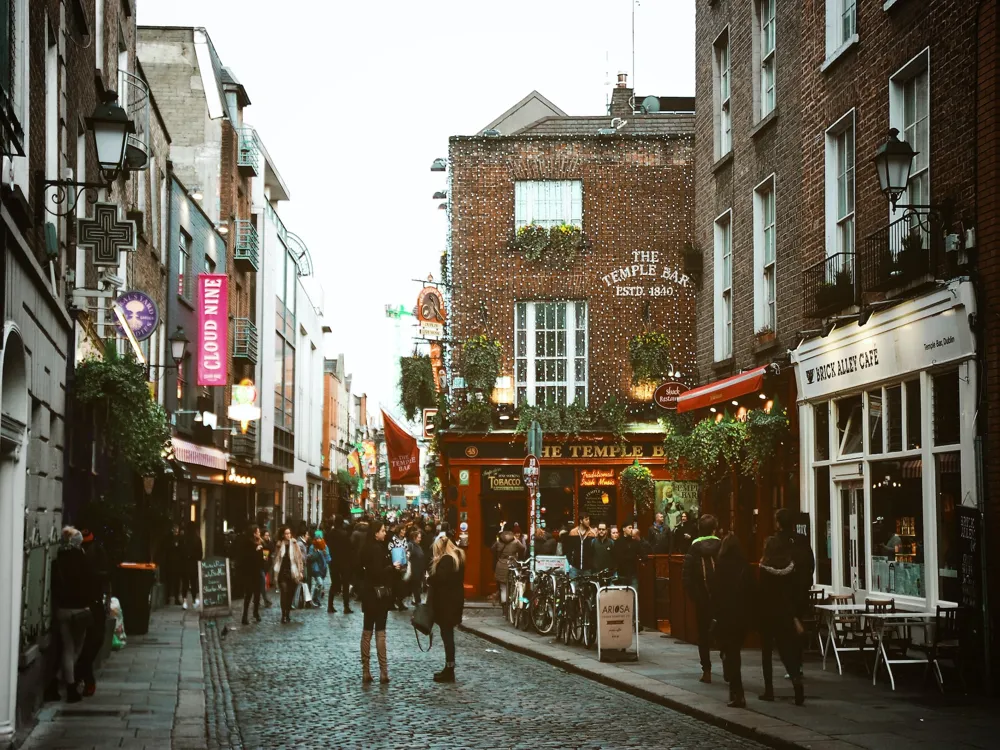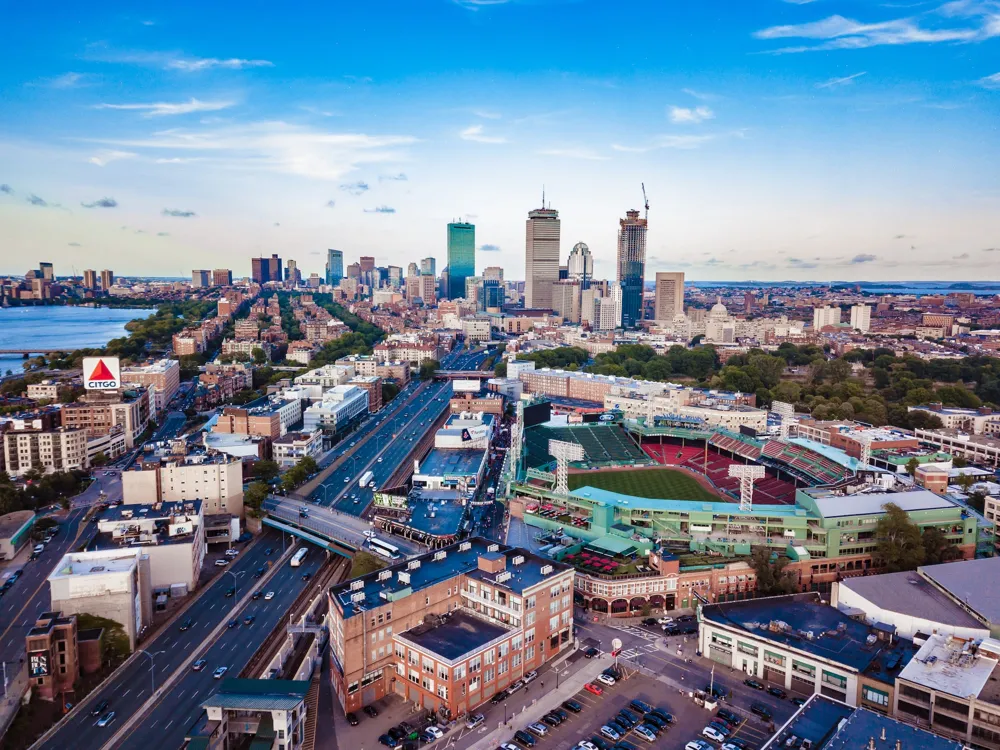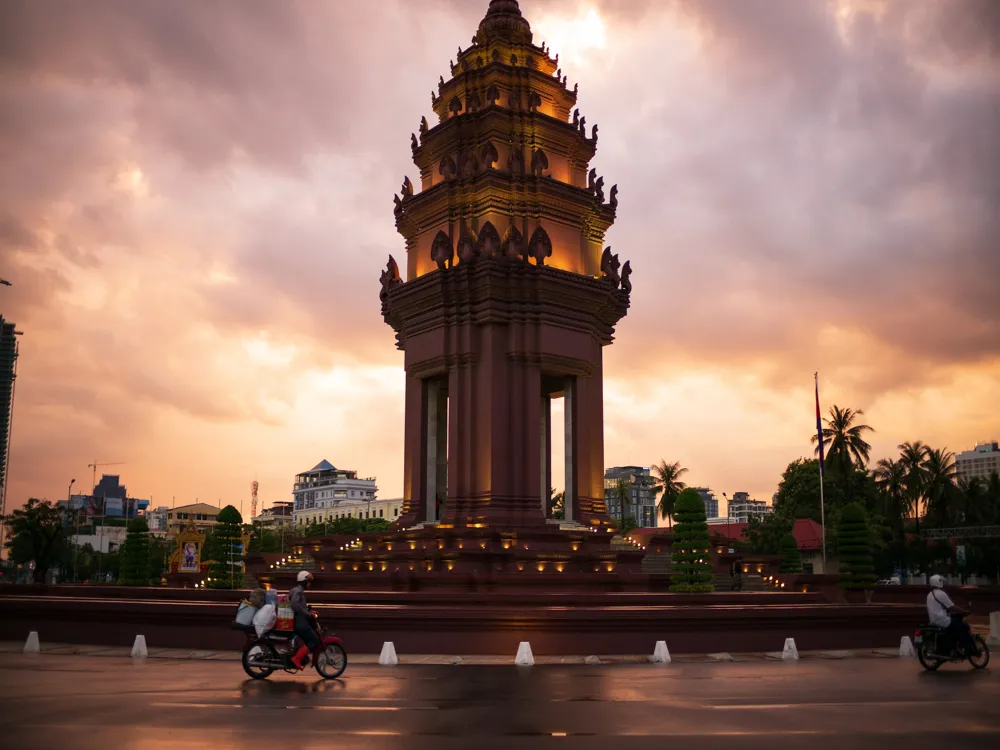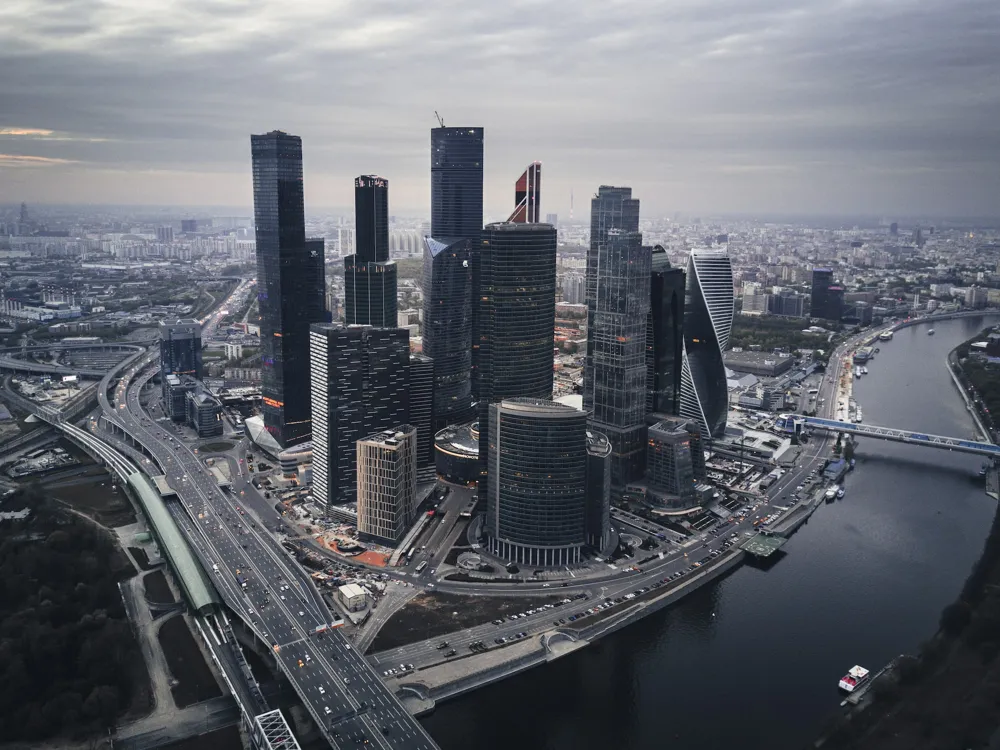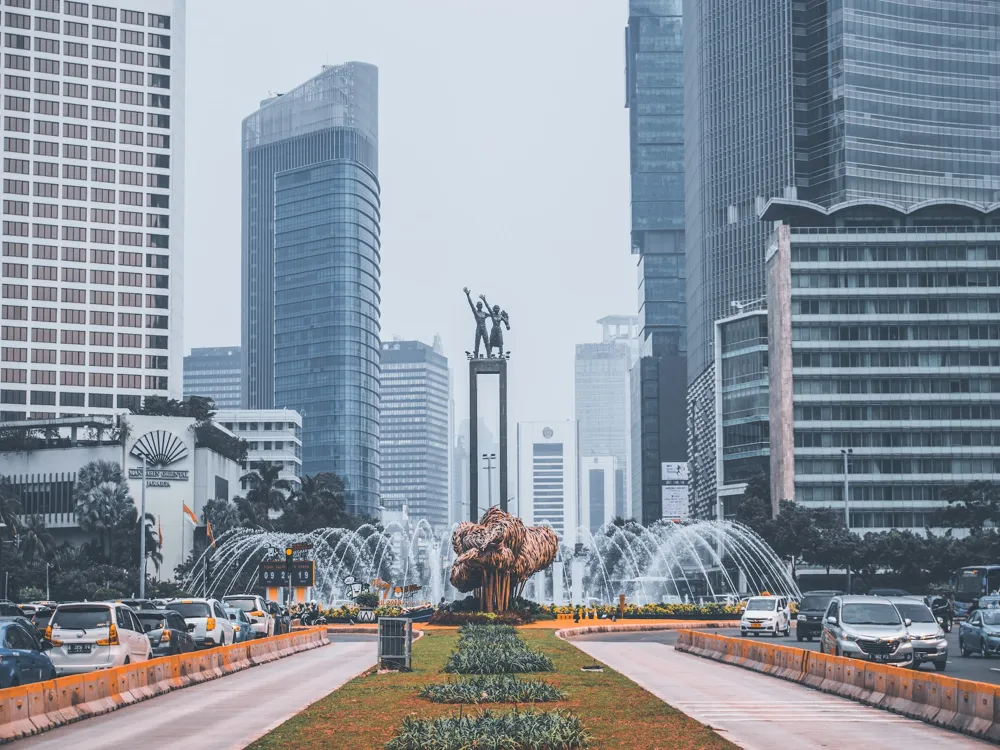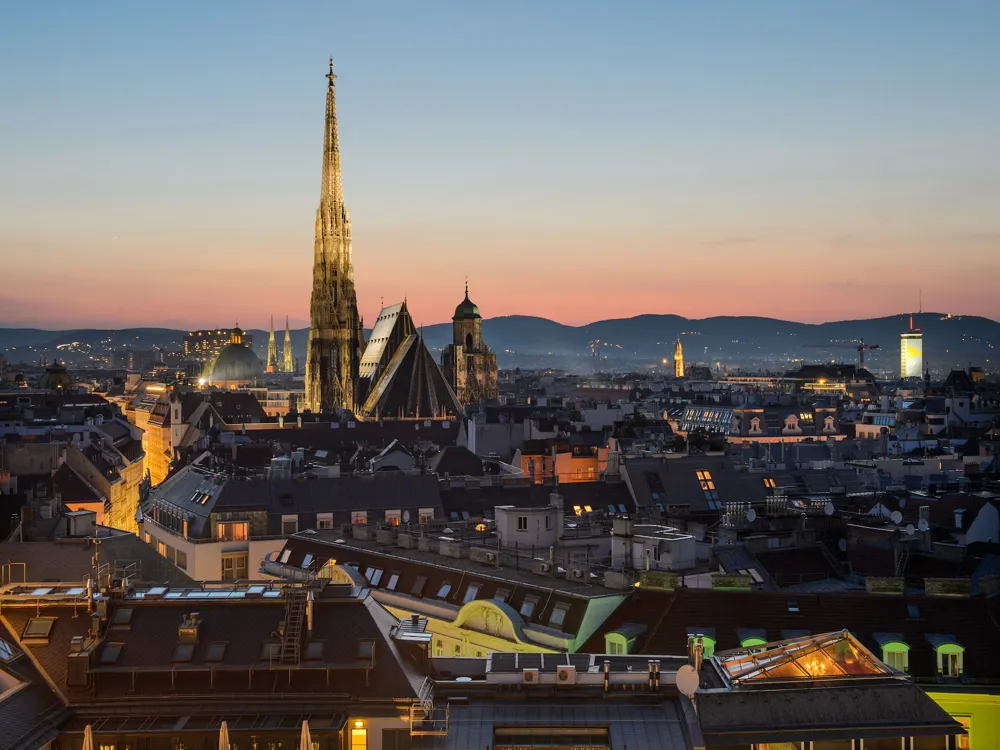Plan Your Travel To Hanoi
Places To Visit In Hanoi
Imperial Citadel of Thang Long
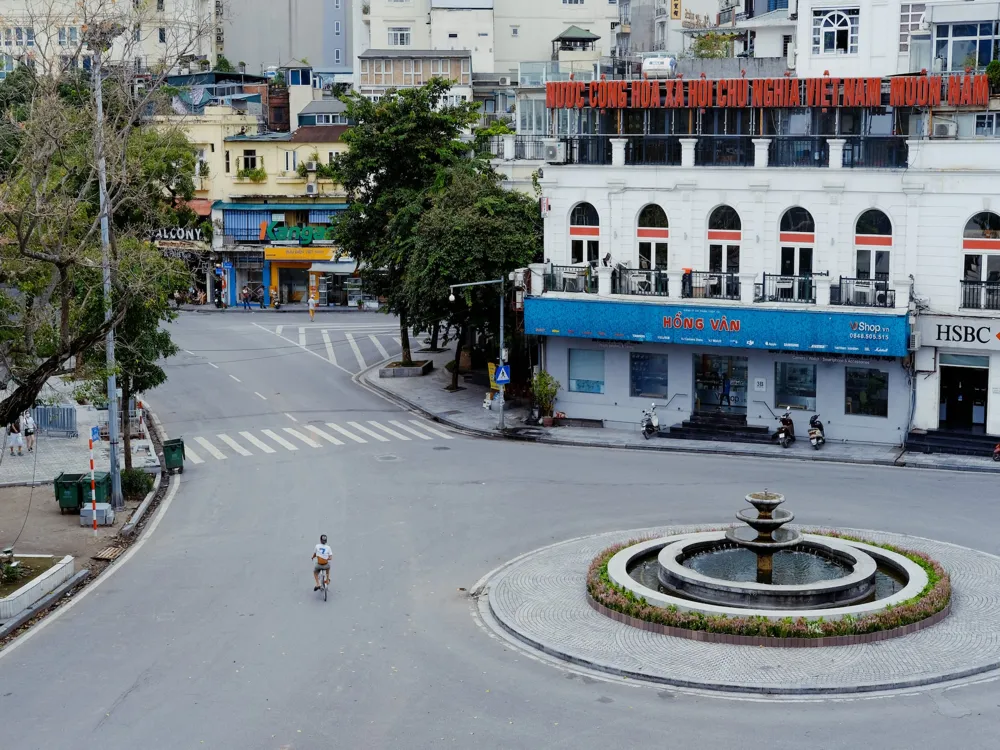
The Imperial Citadel of Thang Long, also known as the Hanoi Citadel, is a UNESCO world heritage site home to many artifacts that signify the historical and cultural importance of Vietnam and its history. It was the center of Vietnam's political power for more than 1300 years. You can tour its prominent remaining buildings like Kinh Thien Palace, Princess Pagoda, and the North Gate.
If you are a history buff, then the Imperial Citadel of Thang Long will give you peeks into the ancient history of Vietnam and modern history. You can witness the remains belonging to the 9th century, the Chinese culture and architecture, and coming in the 20th century, the hardest period for the country. The D-67 tunnel and the citadel's central sector are important national edifices for the country. The site was excavated in 20014, and several Bronze coins, ceramics, pottery, and foundations of old roads, palaces, and wells as old s the 6th Century was discovered.
Read More
Kim Lien Pagoda
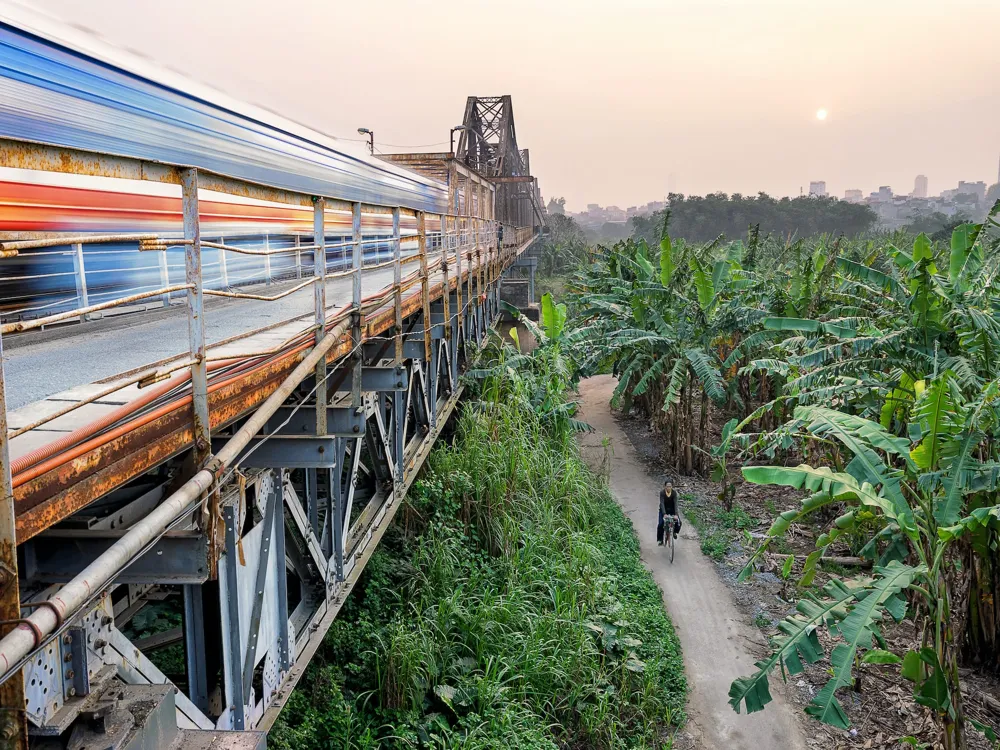
With a peaceful ambience, the Kim Lien Pagoda of Hanoi is an ancient temple founded in the 12th Century by the Ly Dynasty. The pagoda has a very sophisticated and elegant architecture with three pavillions constructed in a curved shape. It houses the statue of Buddha, Princess Tu hoa and Lord Trinh Giang among others.
A peaceful atmosphere coupled with beautiful carvings of lotus leaves and dragons, the Kim Lien Pagoda (temple), a monument of national cultural importance, offers all of this in the Tay Ho District of Hanoi. Also called The Pagoda of the Golden Lotus, the temple originally belonged to the Ly Dynasty and is famous for its elegant architecture and ancient significance. The former site of the Tu Hoa Palace, this ancient temple has statues of many important figures from Vietnam's cultural past such as Princess Tu Hoa, Lord Trinh Gian, the Heaven Ruler, the Earth God and Pluto, along with many Buddhist statues, making it an important religious and cultural attraction of the city. The monument is a symbol of the sophisticated and elegant Buddhist architecture and is considered one of the most magnificent temples of the country. The gates are built such that they mimic a lotus overlooking the West Lake making them a very popular spot for clicking pictures. Upon entering the site, the visitor is appalled by the three monumental pavilions each built on platforms with elegant Buddhist statues. The central attractions, however, are the Guan Yin and Buddha Amitabha statues sitting on a magnificent three-layered lotus. Further, the serenity of the place is amplified by the carvings of lotus, leave cloud and dragons all done in the historic Le Trung Hung times' style. The incense burners, the ornamental jars, the lacquered paintings and the wooden panel pairs among other articles used for worshipping have a rich ancient value and make one wonder about the history of this majestic site.How to Reach Kim Lien PagodaThe Kim Lien Pagoda is Located in the Tay Ho District of Hanoi in Vietnam (Source)The Kim Lien Pagoda is located by the West Lake, off the Nghi Tam Road in the Tay Ho District of Hanoi. The closest bus stops to the pagoda are the Nghi Tam and Khach San Thang Loi-Xuan Dieu, accessible by bus lines 31, 41, 55A, 55B, 58, 86 and 86CT, from where it takes half a kilometre to reach the Kim Lien Pagoda.Kim Lien Pagoda in Hanoi, Vietnam (Source)The Kim Lien Pagoda offers an extremely quiet and tranquil experience apart from being a scenic representation of the rich culture of the city of Hanoi. It is not only a destination to spend a calm day by the lake but also a very good spot to soak in the culture while getting a plethora of lovely pictures. A combination of ancient statues, a calm environment exaggerated by perfumed incense and close proximity to the West Lake make the Kim Lien Temple a great addition to your day in the city of Hanoi.
Read More
Long Bien Bridge
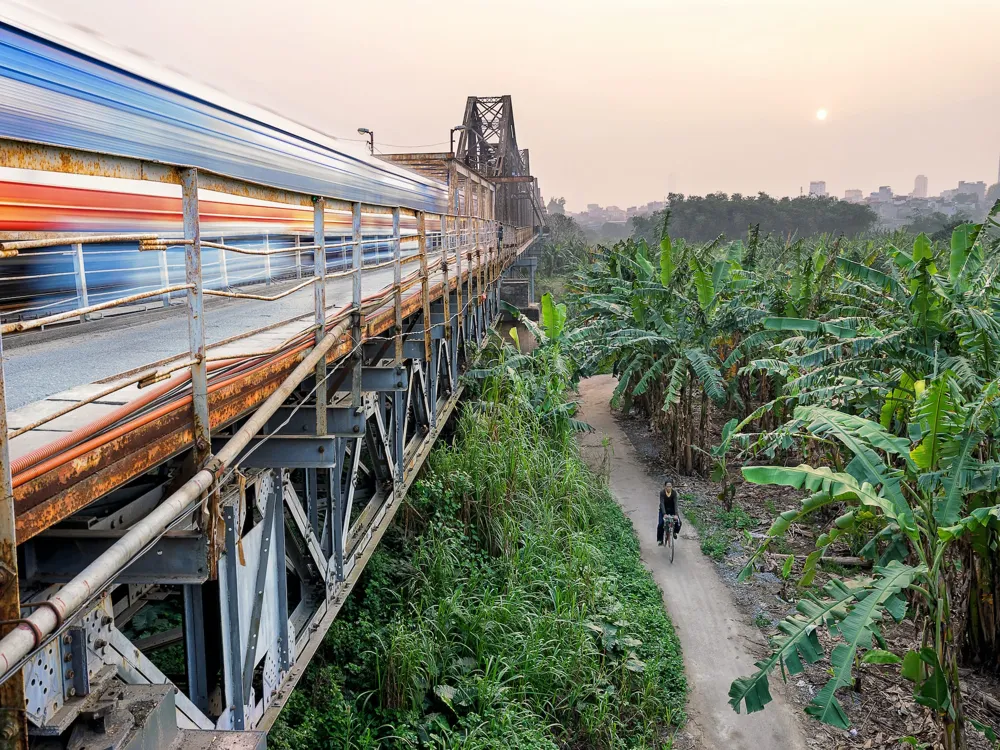
Built in 1898 by French Colonists, the Long Bien Bridge is an iconic landmark of Vietnam. The now-rusted wrought iron structure has lived through the American War and is (mostly) intact. It offers a spectacular view as you cross the river and get a bird's eye view of Hoan Kiem district. The incredible panorama makes this a great spot for photography and nature enthusiasts.
Built between 1899 and 1902, the bridge was designed by legendary architect Gustav Eiffel, recognized for his work on the Eiffel tower, and was constructed by the Vietnamese people using domestic materials. Long Bien Bridge is the only railway bridge with a pedestrian pathway, so make sure to take peaceful strolls on the bridge to acknowledge the perseverance and bravery of the Hanoians during the Vietnam War. The bridge encapsulates the bravery and hardship of the Hanoians but also exemplifies freedom and independence.
Read More
Lotte Observation Deck
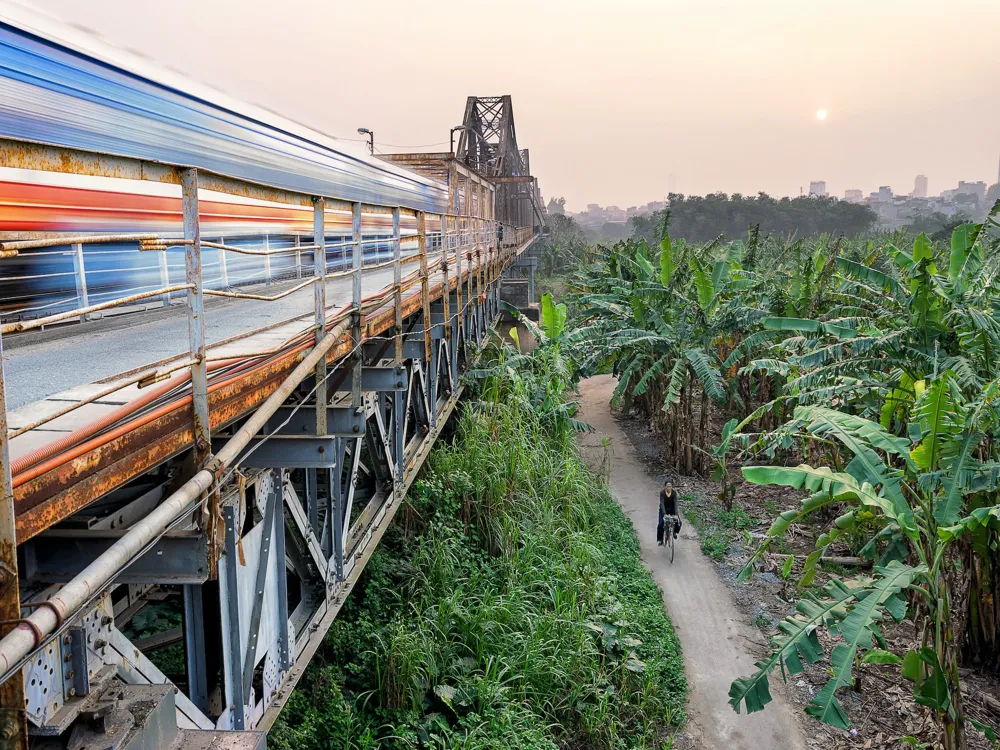
The Lotte Observation Deck is one of the best viewing points in Hanoi, located on the 65th floor of the Lotte Centre. Panoramic views of Hanoi and its nooks, thrilling photoshoots at the Skyline, hot coffee from cafes atop the deck, and a walk through the mystical Bamboo path are the highlight experiences here. Other attractions include the Sunset Lounge, View Terrace (with fantastic night sky scenes), binoculars, and interactive maps of the city.
Lotte Observation Deck Ticket Prices
Vietnamese:Adults: VND 180,000,Children (3-12 years): 120,000(From 9:00 AM - 10:00 AM, 10:00 PM - 11:00 PM):Adults: VND 90,000,Children (3-12 years): 60,000,Foreigners:Adults: VND 230,000,Children (3-12 years): 170,000,(From 9:00 AM - 10:00 AM, 10:00 PM - 11:00 PM):Adults: VND 115,000,Children (3-12 years): VND 85,000
Lotte Observation Deck Activities
The Lotte Observation Deck Offers One of the Best Panoramic Views of Hanoi City (Source)
The Lotte Observation Deck has 4 distinct zones: Attraction, Welcome, Experience and Love Story. The Attraction Zone consists of the Bamboo decor and Path, while one can experience the traditional Hanoi culture at the Welcome Theatre. Experience Zone offers 360 degrees view of the city, with two glass cases jutting from the building, designated as the 'Skywalk'. Other attractions here include the Sunset Lounge, View Terrace (with fantastic night sky scenes), binoculars and interactive maps of the city. The Love Story Zone is a nook catering especially to couples, with designed photo spots and backgrounds. You can collect pictures taken by the ceiling cameras from the Photozone Counter on B1 level. During the weekends and holidays, live music, dance and magic performances are an added entertainment for visitors.
There are Many Activities to Enhance the Experience at the Lotte Observation Deck (Source)
The Observation Deck has 2 food joints: the Angel-in-us Coffee Bar and Lotteria Restaurant. Treat yourself to a hot cup of coffee, as you enjoy the phenomenal views! Additionally, the Lotte Complex has a Rooftop Bar on the terrace. Drinks, fast food and gourmet options are available.
How to Reach Lotte Observation Deck
Lotte Centre is Located in the Ba Dinh District of Hanoi in Vietnam (Source)
Lotte Observation Deck is situated on the 65th floor of the Lotte Centre, located on Lieu Gai Street of Ba Dinh District of Hanoi. Bikes and taxis can be taken to reach the Centre. For users of public buses, take the bus on the 09 line from Hoan Kiem lake and get off at 48 Lieu Giai Street.
Tips for Visiting Lotte Observation Deck
Visit in the late afternoons for the sunset, evening and night views. Follow the signs, take off your shoes at the Skywalk. If you wish to avoid crowds, visit during the mornings.
Avoid going to the Deck when it's raining.
The Lotte Observation Deck also has a souvenir shop, where one can buy goodies and gifts for friends and family.
Lotte Observation Deck in Hanoi, Vietnam (Source)
If you love majestic views and coffee bars, Lotte observation deck is your choice of location!
Read More
Martyrs' Monument
The Martyrs' Monument is a picturesque monument erected as a memorial for those who died fighting for Vietnam's independence. It depicts two men, one holding a torch and the other holding a gun, and a woman with a sword to show how regardless of gender, everyone was involved in the Vietnam War equally.
Martyrs' Monument is one of the most significant monuments in Vietnam, dedicated to the brave souls who lost their lives fighting for Vietnam's independence. This monument is built using pristine white marble and depicts two men and a woman holding a torch, gun and sword respectively. The figures look life-like, with their face emoting determination and courage to fight for their freedom. A beautifully sculpted monument, it signifies the role of all the Vietnamese people who took part in the freedom struggle, irrespective of gender. This splendid monument will definitely invoke feelings of patriotism and also make you realize the hardships that the people of Vietnam had to face to gain independence. How to Reach Martyrs' MonumentMartyrs' Monument is Located near Ba Dinh Square in Hanoi, Vietnam (Source)Martyr's Monument is located near Ba Dinh Square which can be easily reached from any part of Hanoi by hiring a taxi. You can also travel in one of the many buses that run from different parts of Hanoi to Le Hong Phong Road from where Martyr's Monument is located at a walkable distance of 2 minutes.Martyrs' Monument in Hanoi, Vietnam (Source)The magnificent Martyr's Monument should be visited to pay respect to the various people who contributed to Vietnam's freedom struggle and the sacrifices they made. This spectacular monument is of utmost importance to get a glimpse of the turbulent history of Vietnam.
Read More
Museum of Vietnamese Revolution
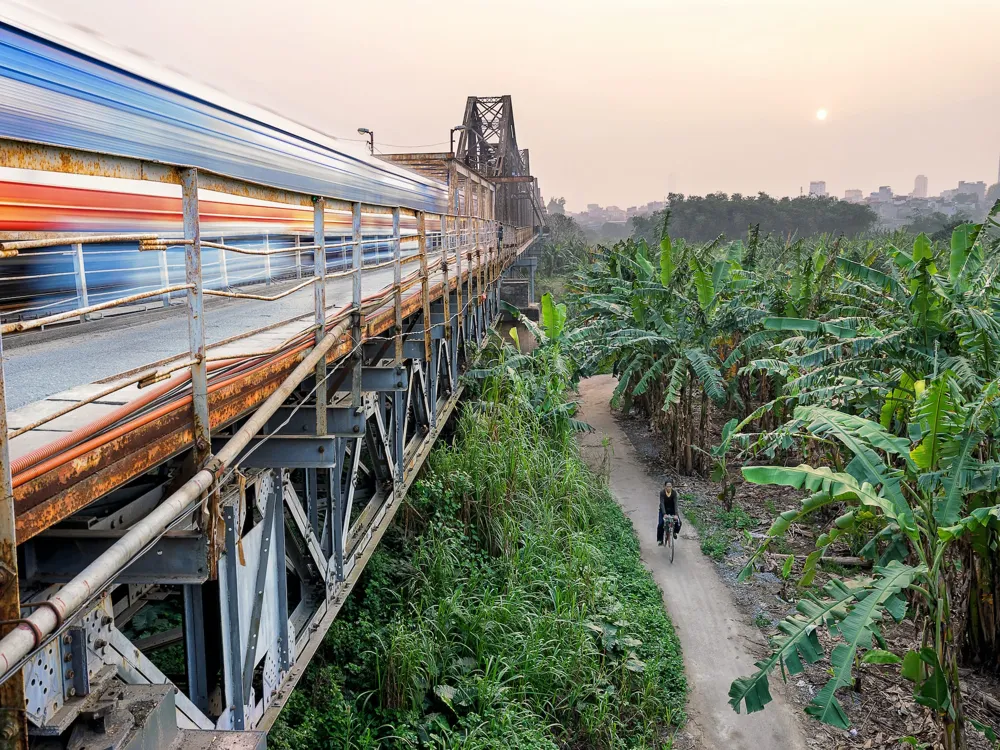
The Museum of Vietnamese Revolution is nothing compared to the National Museum of Vietnamese History, but is still an interesting attraction. The rooms contain photographs, documents, maps, flags and other exhibits of Vietnam's revolutionary history. Some rooms showcase items like carpets and batteries that indicated Vietnam's blossoming into the modern era.
The Museum of Vietnamese Revolution recounts the history of Vietnam via its astounding collection of artifacts from different periods of history. The 40,000 odd exhibits include the freedom struggle against the French occupation, the Vietnamese War and establishment of the present day social republic of Vietnam. Located in the Tong Dan Street of Hanoi, this fascinating museum occupies a magnificent building from French colonial times, constructed in 1917, and converted into the museum in 1959 with a reconstruction of its interiors. The French architecture is sure to evoke admiration with the visitors being intrigued and horrified to discover the stories of violence that racked Vietnam at different times of history.The Museum of Vietnamese Revolutions Exhibits Various Artefacts From the Vietnam's Freedom Struggle Against the French (Source)The present day museum boasts 30 different galleries that showcase the various historic exhibits, along with the old documents and numerous photographs. Particularly impressive is a glass-encased showcase of weapons used by the Vietnamese peasants during the revolution, as well as literature that had inspired them to fight for independence. There are a number of statues depicting the revolutionary leader Ho Chi Minh in various periods of his life. However, the revered pioneers like Tran Phu are not ignored either. Rooms 28 and 29 include the collection of gifts that had been made to the “Vietnamese Communist Party” and Ho Chi Minh. The total collection contains more than 300 objects of various value.The first section of the collection of the Museum of Vietnamese Revolution is dedicated to the period 1858 – 1945 when the people of the nation began to rise, demanding independence. The second significant period of 1945 to 1975 highlights the revolution against the invaders who had refused to consider the indigenous people as equals. The last section displays the importance of the post-war era when Vietnam began to embark on the path of justice and equality for all ultimately becoming a socialist & democratic nation.How to Reach The Museum of Vietnamese RevolutionThe Museum of Vietnamese Revolution is situated on Tong Dan street located in the Old Quarter area of Hanoi. Visitors residing in the area can take a brisk walk and reach the museum within 10 to 15 minutes. The two storied building is sure to be visible from afar when one passes through the Tran Quang Khai road or the Tong Dan Street. It will take 38 minutes to reach the museum from Tòa Nhà Keangnam while traveling by Bus No. 33. Taking a metered taxi to the destination is the most popular choice when there are a number of visitors traveling as a group.Museum of Vietnamese Revolution in Old Quarter of Hanoi in Vietnam (Source)The first of its kind, the Museum of Vietnamese Revolution was erected to honor the people of Vietnam who played an active part in ushering in the new era. Visitors, especially those from other countries, have no difficulty in understanding the importance or relate it to the concerned period either.
Read More
National Museum of Vietnamese History

Located in the Hoan Kiem district of Hanoi, the National Museum of Vietnamese History exhibits artifacts ranging from prehistoric times- about 400,000 years ago-up to the founding of the Democratic Republic of Vietnam. Built in French colonial architecture with beautiful balconies, the museum has a collection of about 200,00 objects ranging from Axe heads to bright lacquerware.
The National Museum of Vietnamese History is spread across two sites and houses various artifacts from Vietnam's history. The museum houses around 200,000 items, spanning the Neolithic age, Bronze age, Sa Hunh, Oc Eo, and Hung periods, the Nguyen dynasty, the Cham period, and northern Vietnam's Dong Son, a culture that existed about 1000 BC-100 AD. It was earlier used as an archaeological research institution of the French School of Asian Studies.
Read More
Ngoc Son Temple
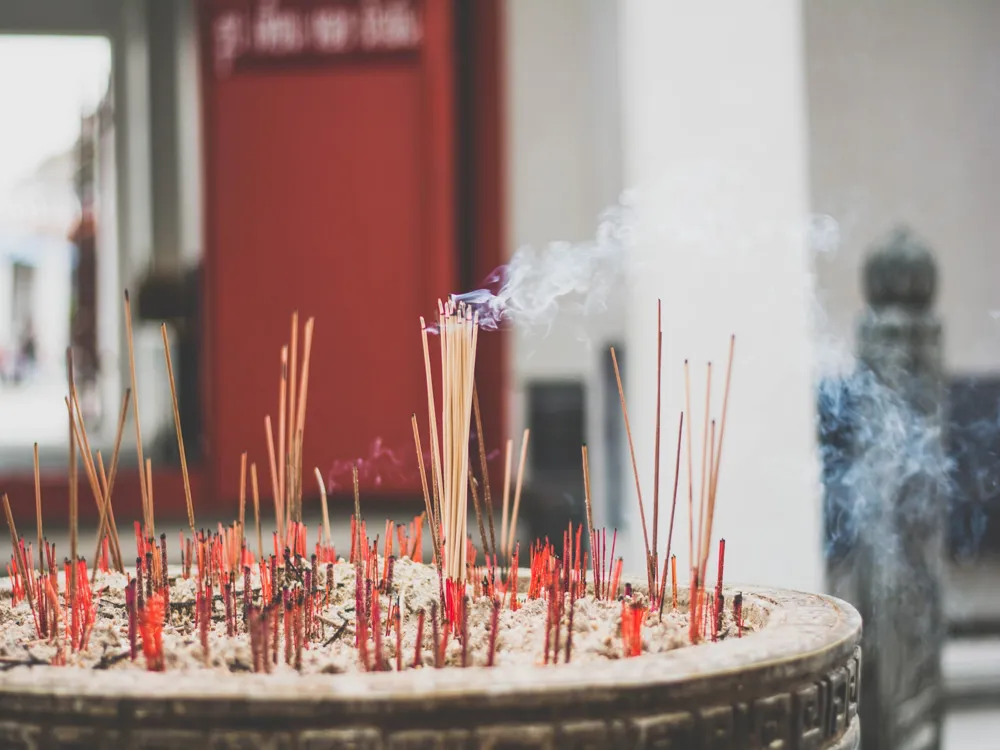
The most visited temple of Hanoi is Ngoc Son Temple. Located to the north of Hoan Kiem Lake, this temple was dedicated to General Tran Hung Dao who defeated the Mongols in the 13th century, La To who was a saint and Van Xuong, a scholar. The name 'Ngoc Son' translates to 'the Temple of Jade Mountain' and it is a beautiful sight to see. With its ancient architecture containing a lot of cultural symbols and an ancient red bridge, the temple will help you find your solace surrounded by the calmness of nature.
One of the most highly visited temples of Hanoi, this Jade Mountain Temple lies in the Hoan Kiem Lake and is connected to the shore by a scarlet bridge. The scarlet bridge adds an inimitable element of color and contrast to the green lake and blue sky. It is guarded by two towering posts decorated with Chinese writing.
Read More
Nhat Tan Bridge

The Nhat Tan Bridge over the Red River is the first multi-span cable-stayed bridge in Vietnam. It connects the Hanoi city center to the Noi Bai International Airport reducing the travel time between the two. The bridge was constructed in a unique architectural form with five pylons and stay cables, primararily to ensure navigation of the river.
Nhat Tan Bridge is a splendid bridge, connecting the centre of Hanoi to Noi Bai International Airport. It is one of the longest bridges in Southeast Asia with a total length of 3,755 meters. This bridge is also known as the Vietnam - Japan Friendship Bridge as this bridge was built by Japan International Cooperation Agency and symbolizes the friendship between the two countries. The magnificent bridge consists of five towers that signify the five ancient gates of Hanoi.The Nhat Tan Bridge of Hanoi is Lit Up With 16.7 Million Lights at Night (Source)During the night, the Nhat Tan Bridge looks spellbinding and mesmerizing illuminated with 16.7 million colourful lights. A drive on this prolific bridge, especially during the night, will be a delightful experience. The Nhat Tan Bridge will not only provide panoramic views of the whole place, but also make you feel as if you have entered a world of vivid colours. How to Reach Nhat Tan BridgeNhat Tan Bridge in located in the centre of Hanoi and can easily be reached by hiring a taxi from any part of the city. It connects the city to the Noi Bai International Airport.Nhat Tan Bridge in Hanoi, Vietnam (Source)Nhat Tan Bridge is a beautiful example of modern architecture in Hanoi. Make sure to drive on this bridge, to experience the beautiful views that it provides and also enjoy a smooth ride on one of the most beautiful bridges in the world.
Read More
Old City Gate
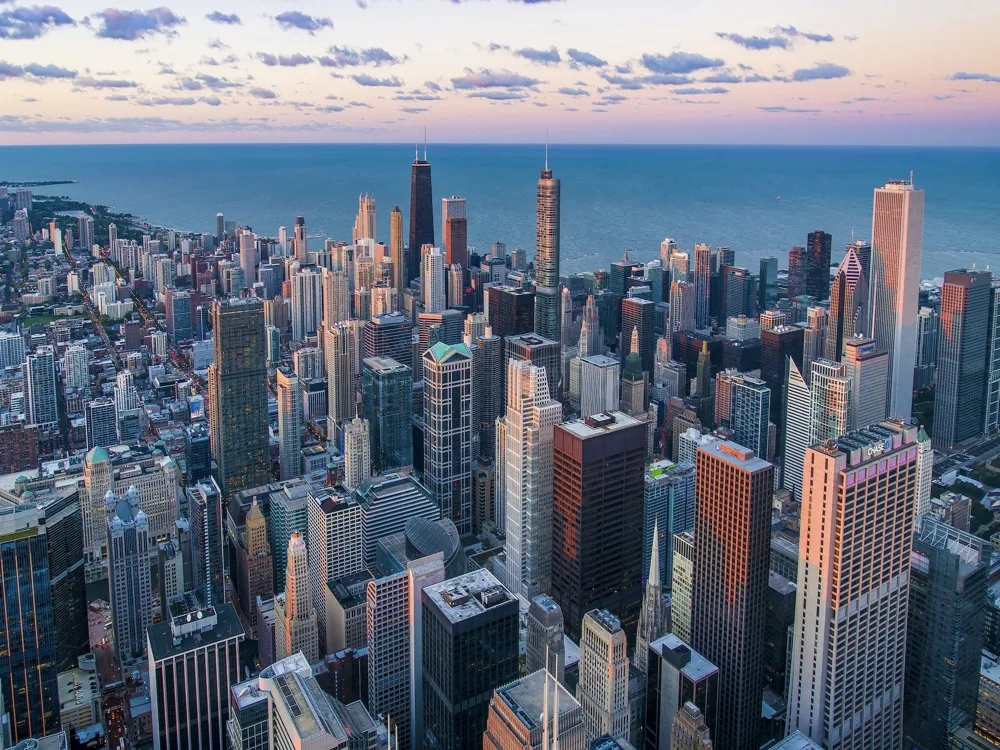
The only surviving city gate of ancient Hanoi, O Quan Chuong, also known as the Old City Gate or Old East Gate, was named after a chief of the army to remember him and other Nguyen soldiers who fought against the French. It has a typical architecture of a watch-tower from the Nguyen dynasty and till today, acts as a proof of the struggle.
Quan Chuong, better known as the old east gate of the city of Hanoi, is the very last of the 16 city gates standing today. It was once the entry point to the ancient walled city that had been secured at the eastern end by this gate. Hanoi has expanded over the years and is no longer a medieval town that had to be protected on all sides during foreign invasions. The Old East Gate is the Last Remaining Entrance to the City and Citadel of Thang Long (Source)The remaining entrance to the last bastion of Thang Long is situated within the Old Quarter of Hanoi along with the other historical places of interest. The gate remains an exemplary evidence of traditional architecture prevalent during the rule of the Nguyen Dynasty. Sentries remain posted on the roof of the tower to date. Old City Gate HistoryThe Old City Gate was Built in 1743 in Hanoi (Source)The Old City Gate had been constructed in 1743 and named Quan Chuong for a brave soldier who laid down his life trying to protect Hanoi from the French troops. The east gate played a strategic role in keeping the French army out again in 1846, after more than a century had passed by. It also had a significant role in keeping the Americans out during the Vietnam War that had been fought against all odds. It had been demolished multiple times as well only to be restored to its former glory every time. Strangely, each ruler or victorious side decided to rebuild the gate in exactly same manner thus remaining true to its original architecture. The last restoration work took place in 2010, almost 16 years after it had been recognized by the government as a historical site.Old City Gate ArchitectureSourceThe present day structure of the Old City Gate can be found opposite the Red River. The ten feet high, double storey arched gate makes an imposing picture that is visible from afar. The visitors are seen looking up in wonder at the cupola of the grey colored tower built on the upper level of the gate. The Vietnamese National Flag can be seen fluttering as one comes near the tower. Most tourists are amazed to find an inscription on a small column placed near the entrance, ordering the military to safeguard the local populace. How to Reach the Old City GateThe Old City Gate is Located in the Old Quarter of Hanoi in Vietnam (Source)The Old City Gate of Hanoi is situated at the crossroad of the Hang Chieu road and Dao Duy Tu Street. The backpack group preferring to reside in the Old Quarter can walk to the gate easily. The ones intent on visiting the Old Gate directly from the Airport can hop onto Bus No. 17 that terminates at the bus stop adjacent to the gate. Metered taxis are available for tourists who do not want walk to the Old Quarter while solitary visitors would do well to hire a Xe Om (motorcycle taxi) at a modest price of VND 15,000 to VND 20,000 for a 20 minute ride. Tips for Visiting the Old City GateThe locals avoid the main entrance by walking on either side of it for reaching the center of the Old Quarter. They also take much pride in preserving the heritage that reminds them of the courage and 'never say die' attitude of the Vietnamese people. The Old City Gate in Hanoi, Vietnam (Source)Quan Chuong or the old city gate in Hanoi is the gateway to the Old Quarter of the city. It has been recognized as a historical site, having guarded the city from the ancient era that saw the advent and fall of the Nguyen Dynasty to the present times.
Read More
Hanoi Travel Packages
View All Travel Packages Hanoi
Nearby Places Hanoi
Browse Package Collections
Browse Hotel Collections










